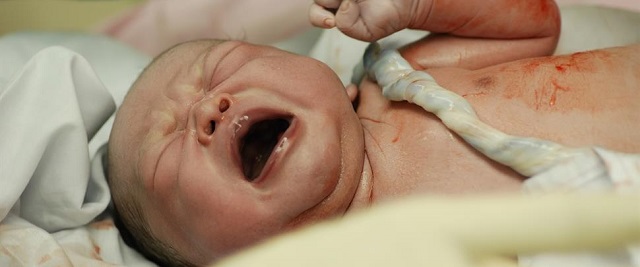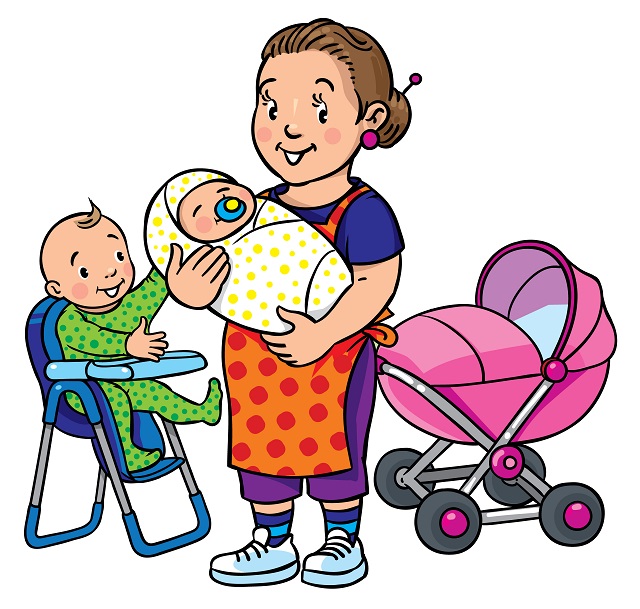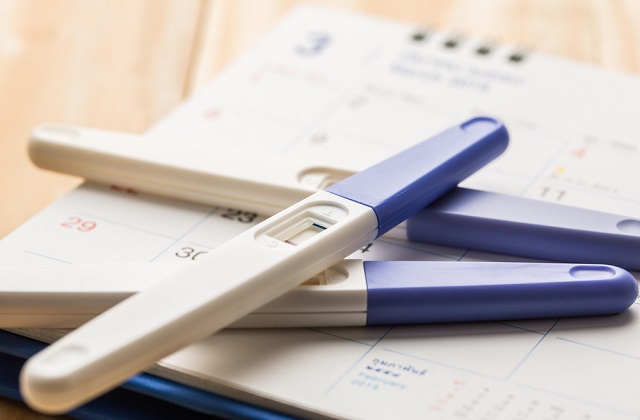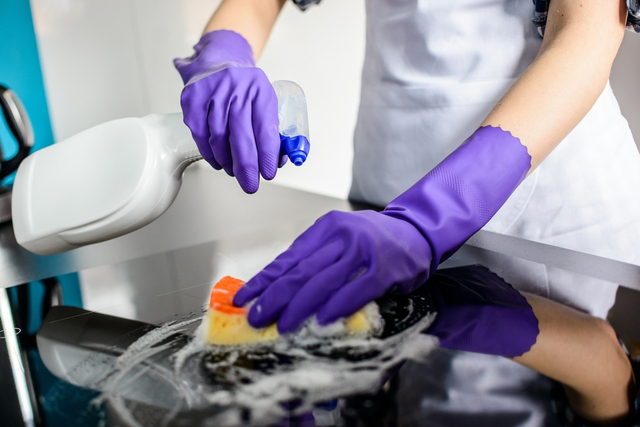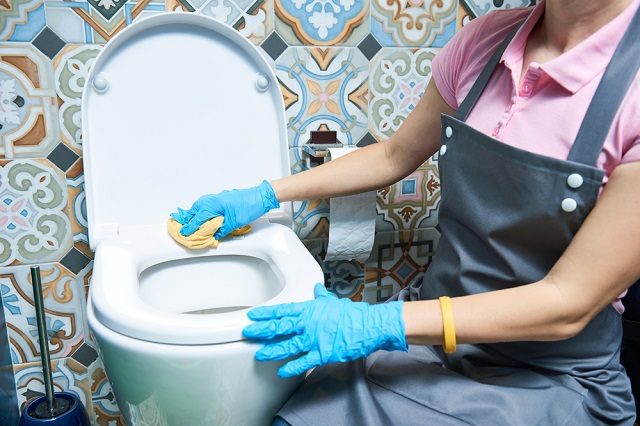Pain Relief in Labour
“Will I be able to handle the pain?” is a common worry that many expecting mothers have. For almost all women, labour is painful. However, the degree of pain varies from person to person and it also depends on a person’s tolerance to labour.
An active participation in planning your childbirth which includes deciding about which pain relief methods to use, together with the help from your obstetrician, anaesthesiologist, midwife and support from your partner can help to ensure a less painful labour and delivery for you.
Causes of labour pain
During childbirth, your uterus will contract to squeeze the baby out, and those contractions are the primary source of labor pain.
The extent of pain will depend on many factors which include the strength of the contractions which increases as labour progresses and whether you has Pitocin (a hormone that induces contraction) which causes stronger contractions. It also depends on the size and postion of your baby in your pelvis as well as the speed of your labor.
Other causes of pain during labor include pressure on the bladder and bowels by the baby's head and the stretching of the birth canal and vagina. Labour pain can be felt as strong cramping in the abdomen, groin, and back, as well as an achy feeling. Some women experience pain in their sides or thighs as well.
1st stage of labour
During this stage, uterine contractions occur at regular intervals. These are accompanied by the dilatation of your cervix to allow your baby's head to pass into the birth canal. Pain is felt in the lower abdomen and sometimes in the expecting mothers’ back.
he first stage of labour is usually the longest and it ends when the cervix is completely dilated to 10 cm.
2nd stage of labour
During this stage, contractions continue. Contractions will last about 45-90 seconds at intervals of 3-5 minutes of rest in between.
In addition, you will experience a bearing-down sensation or pressure which helps you to push your baby's head down the birth canal, stretching the muscles and tissues of the vagina. Your baby’s head will eventually crown (become visible). You will feel a burning, stinging sensation during crowning.
3rd stage of labour
The third stage is the delivery of the placenta, which is the shortest stage. The time it takes to deliver your placenta can range from 5 to 30 minutes.
The whole duration of labour and severity of labour pain varies from person to person. The duration may range from a few hours to 12 hours or more, but it is important to realise that prolonged pain and a stressful labour is undesirable for both you and your baby. Resorting to pain relief methods during labour is not an indication of failure, but a means to have a pleasant birth that every mother-to-be is entitled.
What Can I Do To Relieve My Labour Pain?
Different methods are available to relieve labour pain. Effectiveness varies among individuals, but it is helpful to familiarise yourself with the more common methods before you go into labour, so you will be able to come to a quick decision when necessary.
Regular and reasonable exercise before childbirth
Firstly, seek your doctor’s advice whether you are fine to exercise. Exercising can help strengthen your muscles and prepare your body for the stress of labour.
Exercising can also increase your endurance, which will come in handy if you have a long labour.
However, even with doctor’s recommendation, you should not over-exercise. Thus, you may want to talk to your doctor about a safe exercise plan for you.
Breathing and Relaxation
When labour starts and you begin to feel pain, concentrating on your breathing rate and breathing out loud will help you to relax.
There are different breathing methods that can help expecting mothers to relax. At the beginning and end of each contraction, remember to take a deep and relaxing breath. This not only helps to sharpen your focus, but also provides more oxygen for the baby, your muscles and uterus.
Your discomfort may also be relieved by a gentle massage on the back with the help of your partner. You may find this adequate in early labour, but many mothers may have to seek other methods of pain relief when contraction pain becomes more severe.
Medical intervention options
Discuss with your doctor about various medical intervention options before your delivery to learn about their risks and advantages.
Etonox or Nitrous Oxide Gas
This gas, commonly known as "laughing gas", is nitrous oxide mixed with oxygen. Depending on the concentration of the drug, it can be used for anxiety or pain relief. According to the American College of Nurse-Midwives (ACNM), research has supported the reasonable efficacy, safety and beneficial qualities of N2O as an analgesic for labor. Research has also supported its use as a widely accepted component of quality maternity care.
However, the gas may make mothers dizzy, drowsy or nauseous and not all mothers find this method of pain relief effective.
Pain-relieving Drugs
Pethidine, a pain relieving drug, can be injected into the muscles to reduce your labour pain during childbirth, but their efficacy varies among individuals.
Side effects of pethidine include nausea or drowsiness and reducing the mother's cooperation in pushing. In addition, these drugs cross the placenta to the baby, making him or her drowsy and causing respiratory depression after birth. If this happens, an "antidote" medication can be given to your baby to reverse these side effects.
Epidural Analgesia
Analgesia means pain relief. In a regular epidural, anaesthetic is administered either by a pump or by injections into the epidural space.
Epidural analgesia is the only method that is capable of providing you with pain relief in labour and letting you stay awake at all times.
Epidural analgesia is particularly valuable when labour is long and difficult, such as in first-time mothers.
Combined Spinal Epidural Analgesia (CSE)
CSE analgesia is similar to epidural analgesia, but it involves additional injection of local anaesthetics into the intrathecal space. It allows for a more rapid onset of pain relief.
If you are having your first baby, you and your partner should consider all options available and understand their risks and benefits.
If you have already planned to give birth without using pain relief, but find the labour pains overwhelming, do not be afraid or reluctant to ask your doctor, nurse or midwife for pain relief.
The article is for information purpose only. The content is not intended to be a substitute for professional medical advice, diagnosis, or treatment.
It takes a village to raise a child !
Join our Facebook Group For 2025 SG Mummies or Facebook Group For 2026 SG Mummies
2024 SG Mummies Whatsapp Group by EDD Month or 2025 SG Mummies Whatsapp Group By EDD Month



